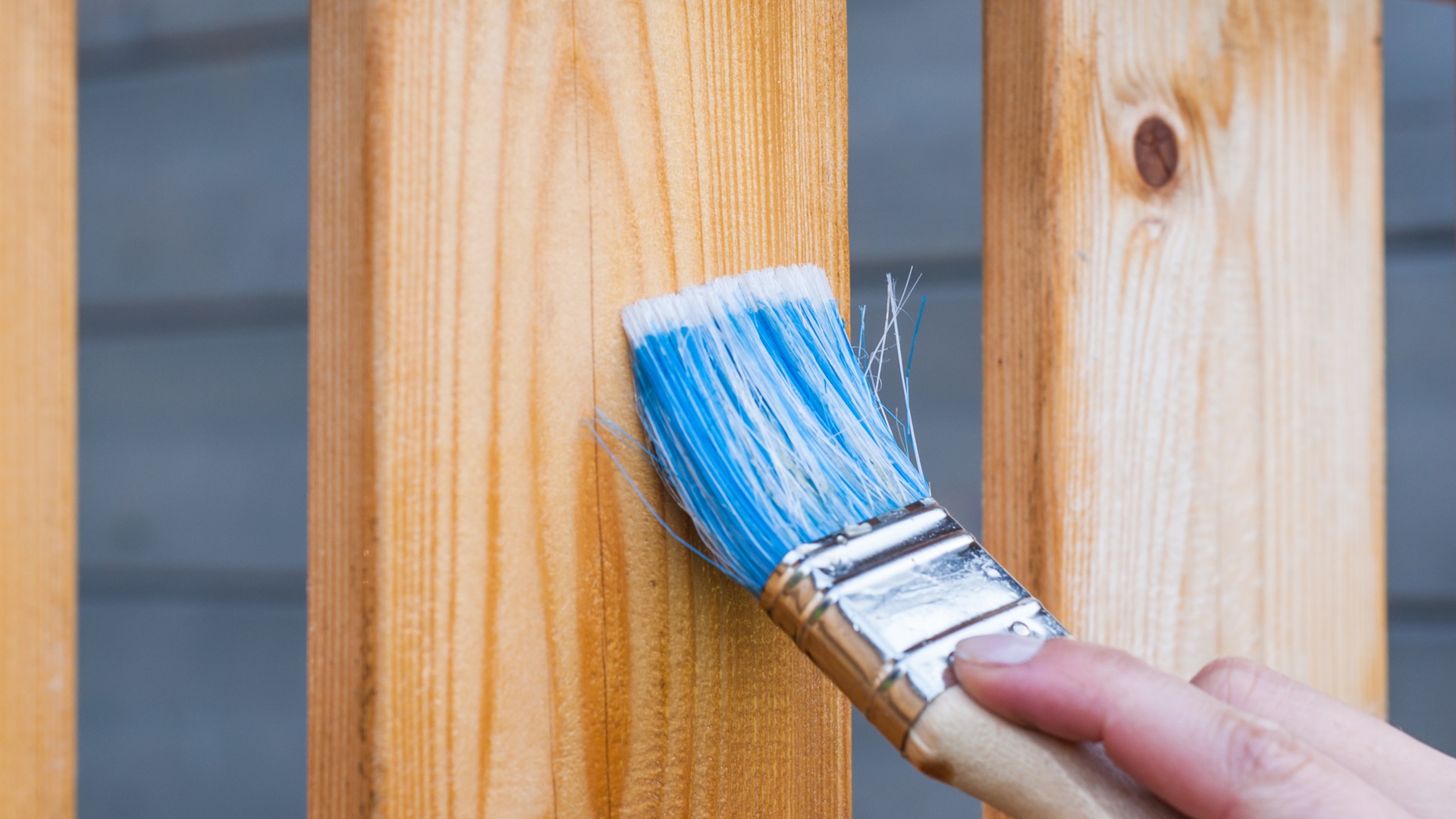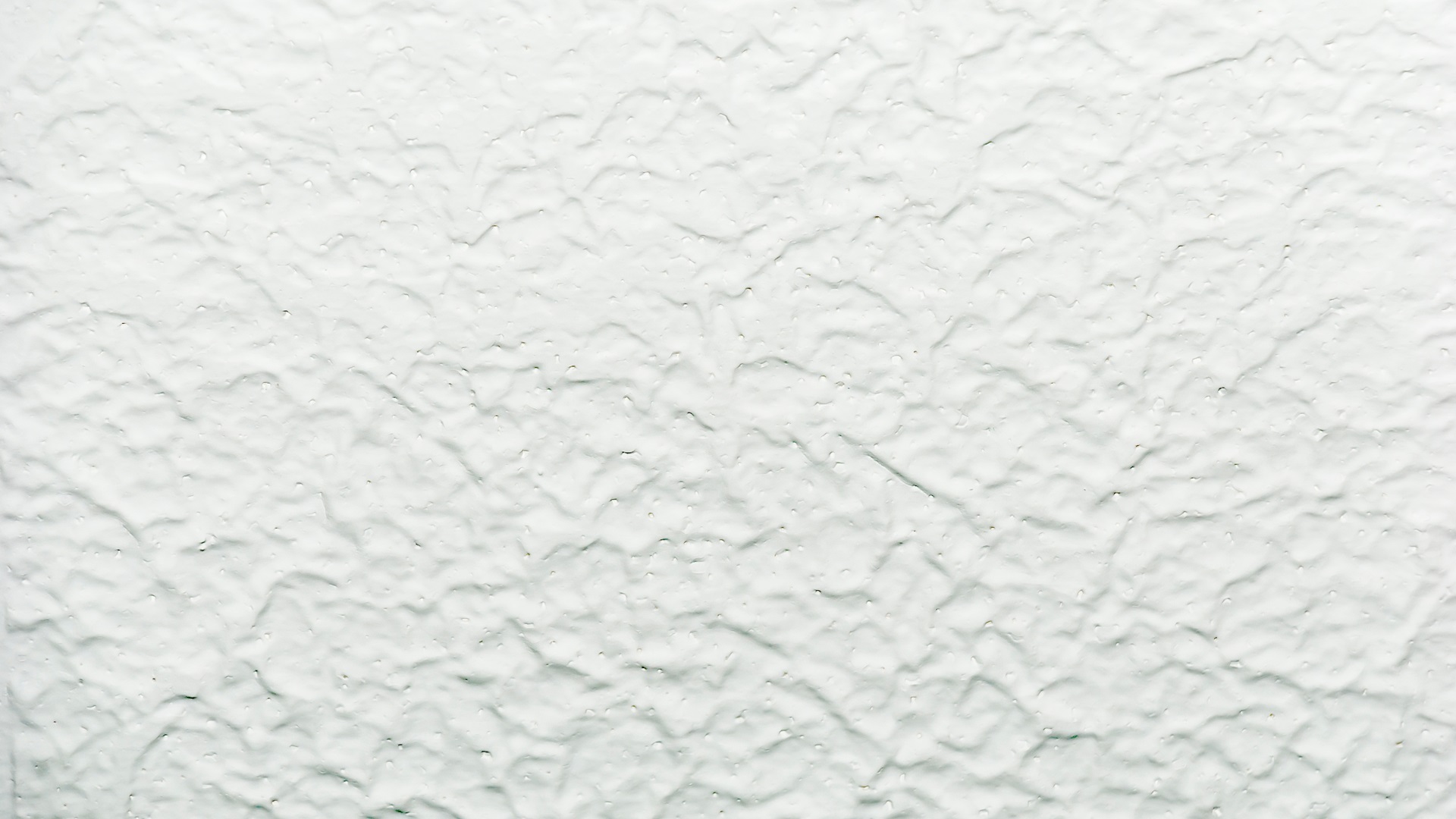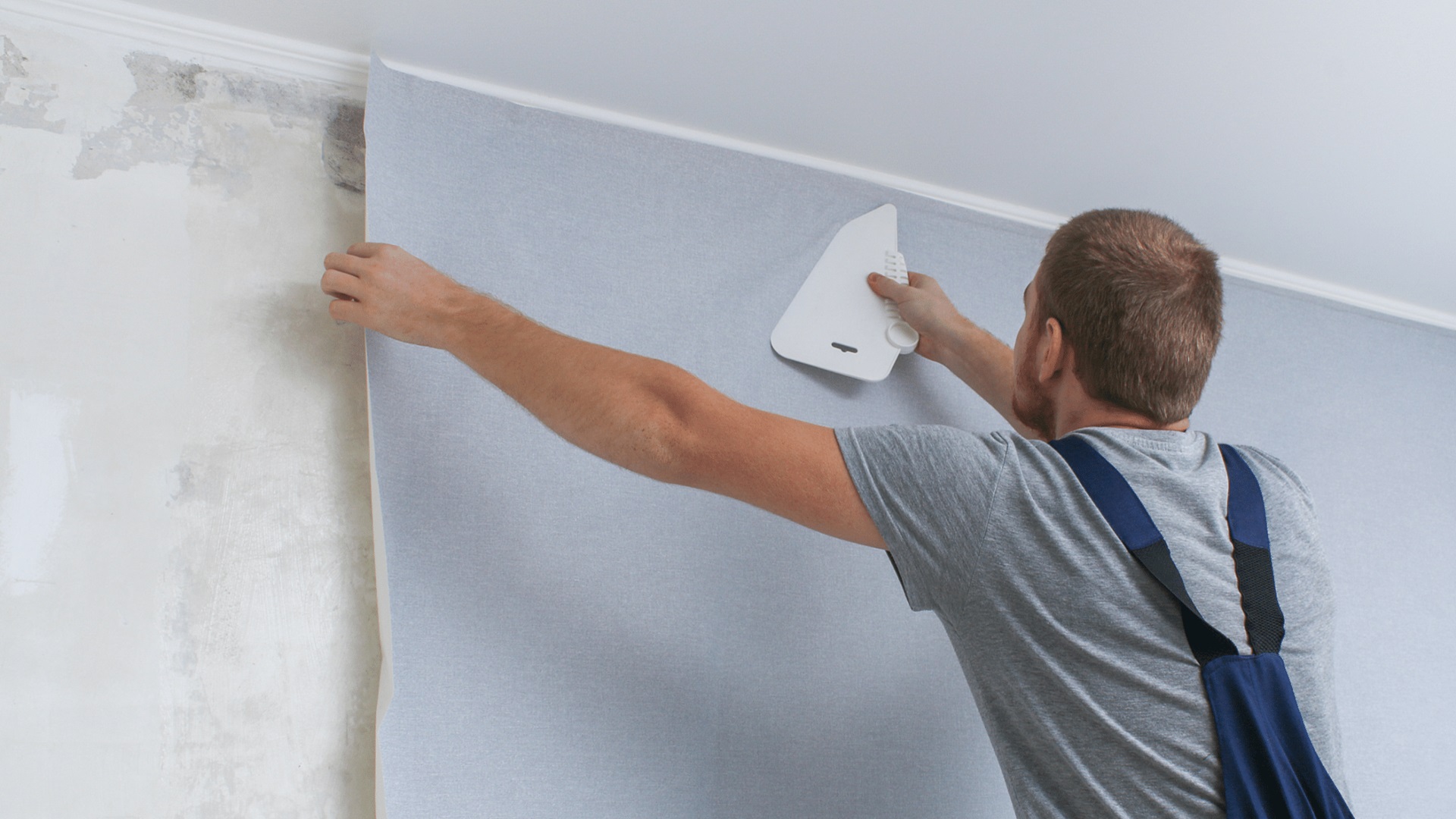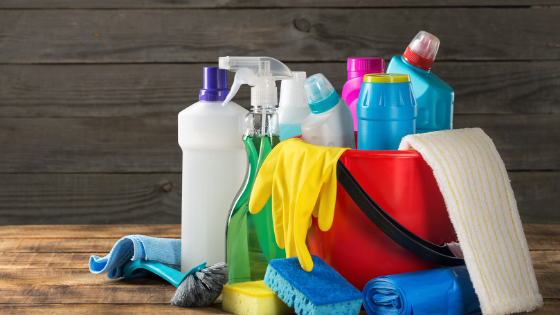There is a lot of misinformation on the internet regarding stains. Questions like ‘Can you paint over a stained surface?’ are all too common. Simply put, yes you can, and on any surface you like. And, surprisingly, it is not so hard.
Now, when we say it is not so hard, you should read it as: It is not so hard if you know what you are doing.
Well, this is what we are here for; to help you do it the right way. Read on find out what you need to know about stains and how you can paint over them.
Preparing the Surface for Painting
We regard the ‘prep before paint’ the most important step in the whole process. Why? If you don’t prepare the surface just right, then you aren’t going to get the results you are looking for. Brushstrokes, uneven coats, a dull surface, are some of the issues you are going to face.
So, before you get your paint face on, make sure you nail the following steps:
- Clean the surface with TSP to remove oils and dirt. If you don’t clean it, you are going to come across a lot of issues like uneven coats and flawed primer application
- If the surface is varnished, then you need to remove it first. To remove the varnish, you need to use deglossers or sanding paper
- If the surface is not varnished, then you can just sand where necessary and move to primer application
- After you have applied the primer, it is time for you to show your painting skills
This is a rough outline of the things you are going to do. There are a lot of tiny details that you need to pay close attention to. Most of these details will be discussed in the next section.
Things to do Right Before You Paint
There are a few details that we think you need to take care of right now:
- First up, if you are going to paint something like a cabinet or a door, use an old table as the base. Aside from the base cover everything else with old sheets or painter’s tape. Cleaning latex-based paint from a floor is not something you want to do.
- Secondly, if you are taking apart things like doors and cabinets, mark individual components like hinges. These markings will save you a lot of trouble figuring out which part goes where
- Finally, some of the chemicals we are going to use evaporate rather quickly. This makes them quite dangerous to inhale. So, get a respirator. Or rather get a full face mask and chemical gloves.
Did you note everything down? Great!
Now, let’s see how to properly paint a stained surface.
Painting Over Stain: The Correct Way
Painting over stain is not as hard as you might believe. All it takes is an ability to follow instructions and some patience. And we think all of us have these.
1. Cleaning the Surface
You need the clean the surface before you can apply primer. To do this, use a cleaner like TSP. TSP is a little messy to work with, but it is a great degreaser. So, wipe the surface down with TSP. It will remove all the oils and dirt.
2. Degloss the Surface
This is a really important step, so pay attention. You need to degloss your surface before you can apply paint or the paint won’t stick. If the paint doesn’t stick, then get ready for some chipping coming your way.
You have two options here. You can either use sandpaper, or you can use a chemical. If you ask me, stick with the sandpaper when you are working in an open area. Sanding in closed areas creates a lot of dust, which can be quite harmful to your eyes and respiratory system.
On a similar note, if you don’t have an open surface to work in, use a chemical called liquid sandpaper. It might be a little tricky to use, but it will get the job done. Don’t forget to use a respirator when using liquid sandpaper.
Degloss the surface by sanding it with paper or by using liquid sandpaper. If you opt to go the chemical route, then wait for at least two hours before moving to the next step.
3. Apply Primer
The next step is the primer application. Applying primer sounds like a simple job to do, right? It’s not! The main thing people forget about applying primer is that stains bleed. So, any primer that is not stain blocking will leave you disappointed.
Therefore, if you want to save your paint job, get a stain-blocking primer, and use that.
After you are done deglossing the surface, apply a coat of stain-blocking primer. Wait for it to dry. Lightly, sand the surface with a 120-200 grit sandpaper. And repeat this process one more time.
We are using two coats of primer to be doubly sure that stains won’t leak. Better safe than sorry.
4. Use Caulk to Fill in the Cracks
After you are done applying the primer, use caulk to fill in the cracks. Hairline cracks are usuallynot visible before primer application.
If you don’t take care of these cracks before painting, they will appear quite jarring and will ruin the finish. Apply the caulk and wipe the extra caulk off with a wet cloth.
That’s it. Now you can move on to painting.
5. Paint the Surface
Now is the time to paint. You can either use a brush for this purpose, or you can spray paint. Whatever you do, just keep your expectations in check. While there are ways to get a great finish, that factory finishes everyone craves is close-to-impossible in a DIY setting.
Choose a paint that you like, and it is easy to work with. We would recommend you go with water-based paint rather than an oil-based one. But if you want durability over everything else, then going with an oil-based paint.
On the other hand, oil-based paints are harder to clean and also take more time to dry. So, if you are looking for ease of use, go with water-based paint (also called Latex Paint).
However, water-based paints will leave some brush marks, so expect an 8/10 finish. Oil-based paints take longer to dry, but you can eliminate most of the brush strokes.
So, whichever paint type you choose, weigh your options first and then commit to painting.





